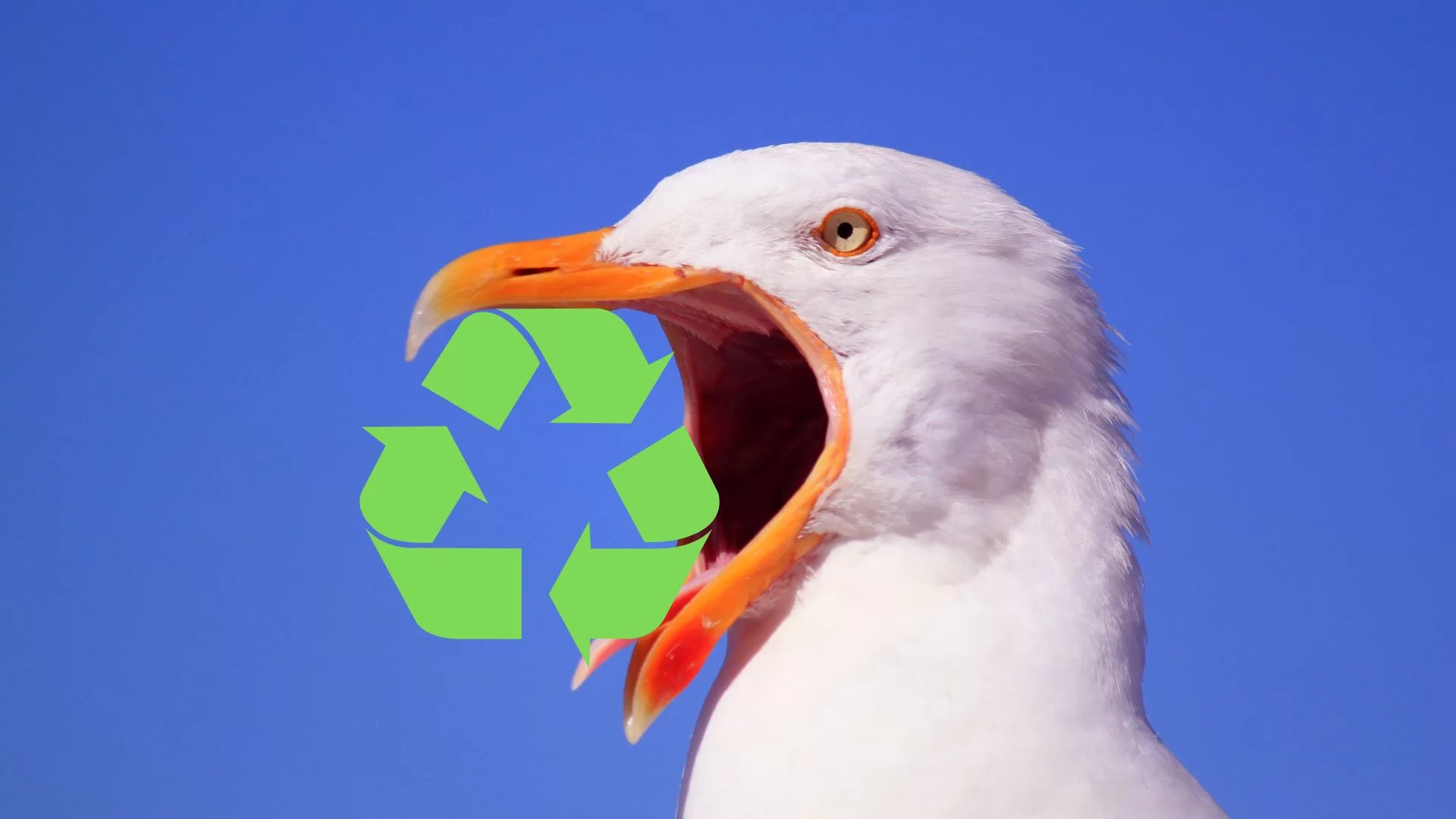
When we think of recycling, images of sorting bins and recycling facilities often come to mind.
However, did you know that Mother Nature has its own recycling system in place, carried out by some unexpected creatures?
From tiny insects to mighty ocean dwellers, these remarkable animals play a crucial role in maintaining the balance of our ecosystems.
In this post, we’ll explore seven fascinating animals that you probably never knew are nature’s very own recyclers.
Prepare to be amazed by the incredible ways they contribute to the recycling and sustainability of our planet.
Dung Beetles
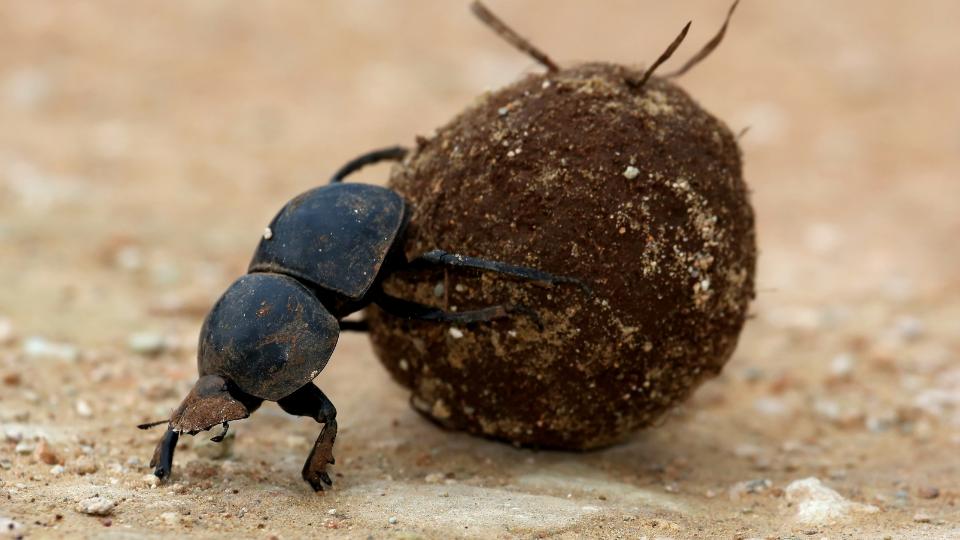
While their diet may not sound appealing, dung beetles are unsung heroes when it comes to recycling.
These industrious insects specialise in decomposing animal dung, transforming it into a valuable resource.
By burying dung underground, they enhance soil fertility and nutrient cycling, aiding in the growth of plants and maintaining ecosystem health.
Not only do the beetles build their homes from faeces, but they also eat them as well as lay their eggs in them.
It’s estimated the dung beetle saves the United States’ cattle industry $380 million annually, simply by repurposing livestock manure.
Hermit Crabs
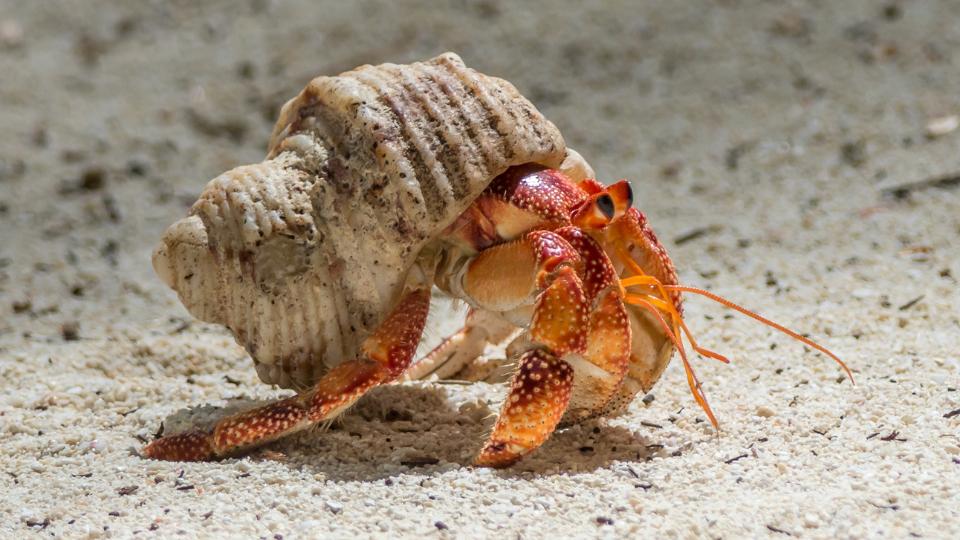
Hermit crabs face a unique challenge—they lack shells of their own and must search for suitable alternatives to ensure protection.
With a diverse range of over 800 hermit crab species, competition for available homes is fierce.
These resourceful creatures often repurpose abandoned seashells or shells from other crustaceans to serve as their protective dwellings.
However, hermit crabs have also been observed recycling unconventional materials like bottles and cans for this purpose.
As they grow and outgrow their current shells, hermit crabs continually seek out new shells, engaging in a lifelong cycle of recycling and reusing.
This remarkable behaviour persists throughout their impressive 30-year lifespan.
Earthworms
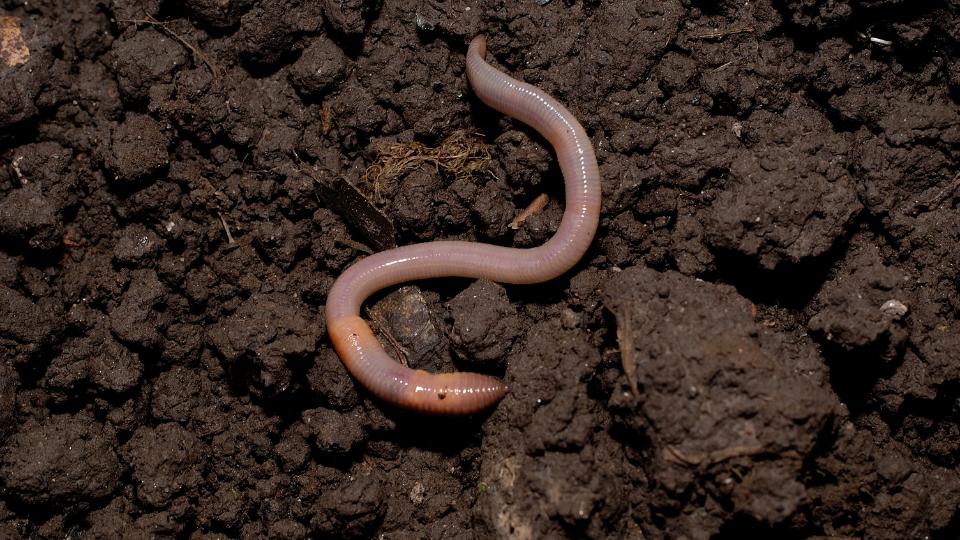
Beneath the soil’s surface, earthworms quietly work their magic.
These tiny recyclers break down organic matter, such as fallen leaves and dead plant material, into nutrient-rich compost.
Through their constant burrowing and feeding activities, earthworms improve soil structure, enhance water filtration, and promote healthy plant growth.
Assassin Bugs
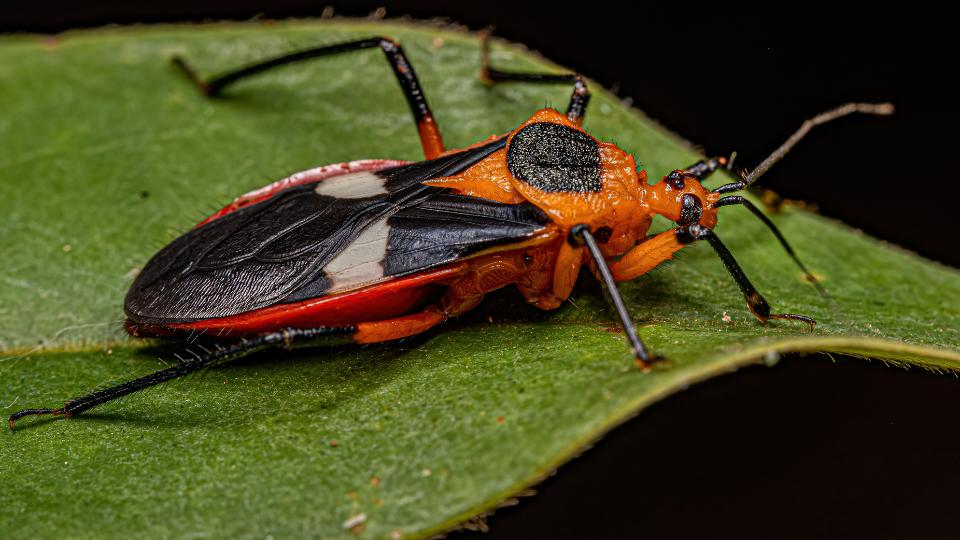
Known for their predatory tactics, assassin bugs demonstrate a remarkable ability to recycle their food waste.
The name “assassin bugs” reflects their ruthless reputation, as they employ paralytic enzymes to subdue their insect prey before consuming their internal organs.
Interestingly, these resourceful bugs don’t simply discard the empty exoskeletons of their victims.
Instead, they use them as a form of protection against predators.
According to the National Geographic, assassin bugs that wear the exoskeletons of their prey are significantly less likely to be targeted by other predators, reducing the risk of attacks by up to tenfold compared to those without these protective disguises.
This ingenious behaviour highlights the assassin bugs’ adaptive recycling practices in both hunting and self-defence.
Oceanic Detritivores
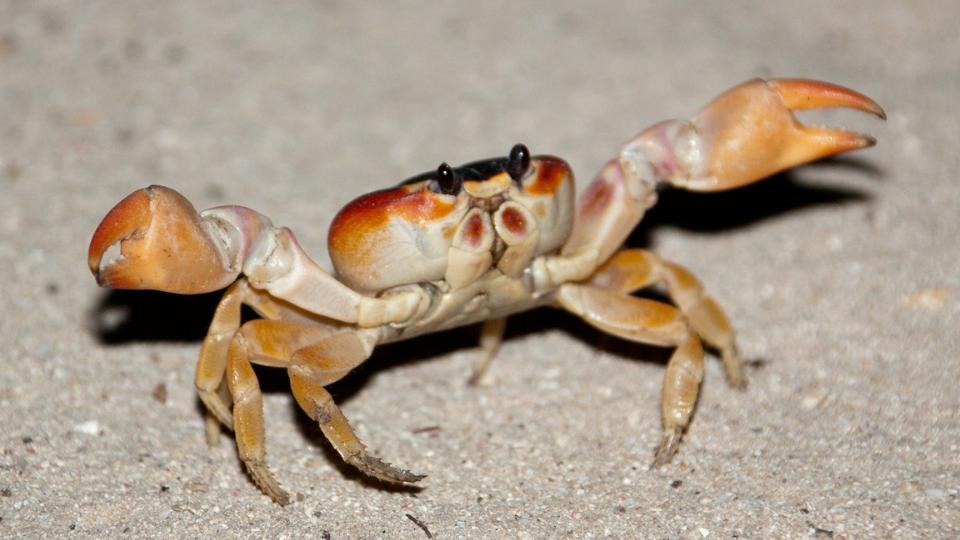
Beneath the ocean’s surface, a fascinating array of creatures serve as vital recyclers of marine debris.
Detritivores, such as marine worms, crustaceans, and molluscs, feed on decaying organic matter that sinks to the seafloor.
By consuming dead plants and animals, they recycle nutrients back into the oceanic ecosystem, supporting the growth of other marine life.
Vultures
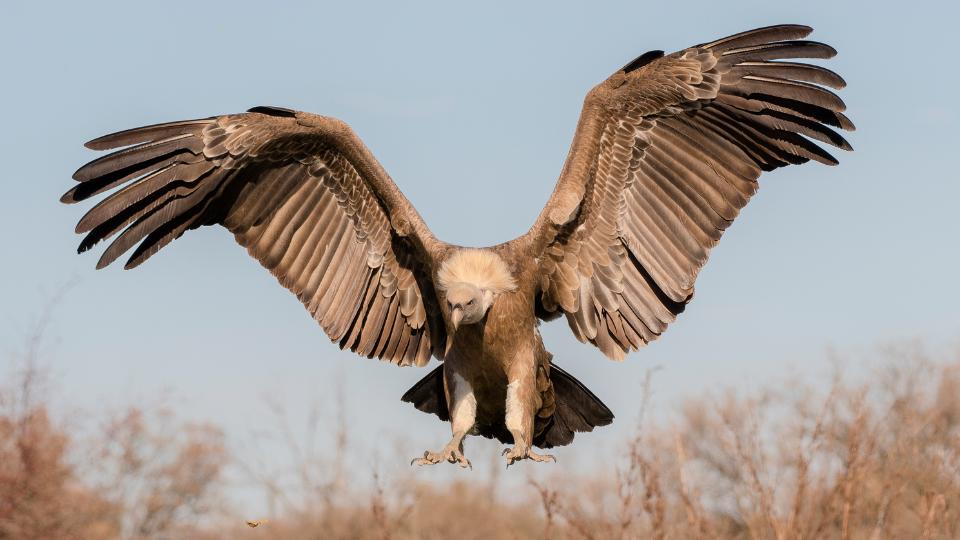
Often associated with death and decay, vultures actually serve a critical ecological purpose as nature’s cleanup crew.
These majestic birds have a unique ability to feed on carcasses, preventing the spread of diseases and removing decaying matter from the environment.
By swiftly recycling animal remains, vultures contribute to the overall cleanliness and health of their habitats.
Other Birds – Seagulls
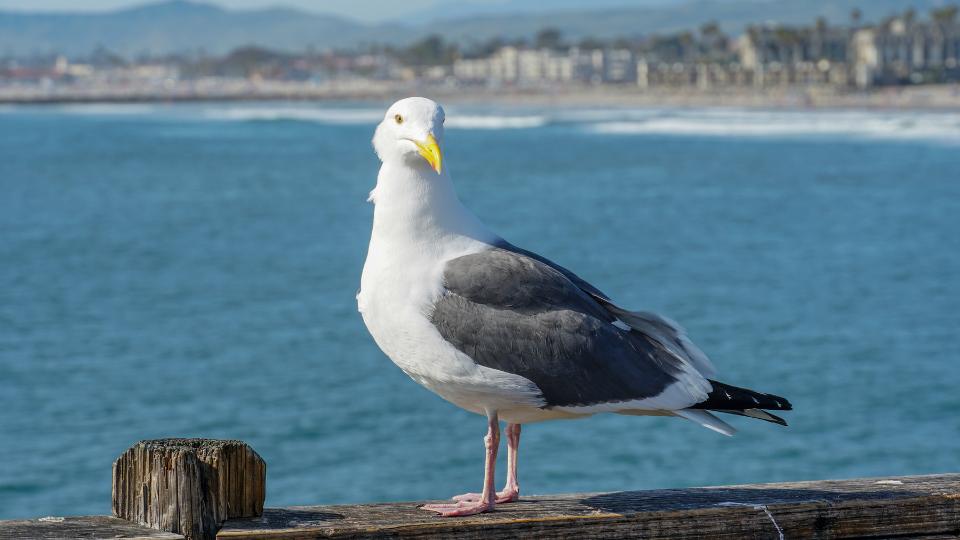
Birds, including seagulls, have a remarkable way of recycling by repurposing litter to construct their nests.
Seagulls, known for their opportunistic feeding habits, have adapted to urban environments where human activity has led to an abundance of discarded materials.
These resourceful birds gather items such as twine, plastic, and bits of paper, incorporating them into their nest-building process.
While it may seem unconventional, this behaviour demonstrates their ability to adapt and utilise available resources.
By incorporating litter into their nests, seagulls indirectly contribute to waste reduction by giving a new purpose to discarded materials.
It’s a fascinating example of how nature can find creative solutions even in the face of human waste.
However, it’s important to note that proper waste management and reduction remain essential to minimise the negative impact of litter on our environment and wildlife.
Nature’s Recycling Animals
Nature’s recycling efforts extend far beyond human-made systems, and these seven animals showcase the incredible diversity and effectiveness of the natural recycling process.
From insects diligently breaking down waste to majestic birds cleaning up our landscapes, these creatures remind us of the intricate interconnectedness and sustainability present in our ecosystems.
By appreciating and protecting these recyclers, we can foster a greater understanding of the delicate balance between organisms and the environment, paving the way for a more sustainable future.






